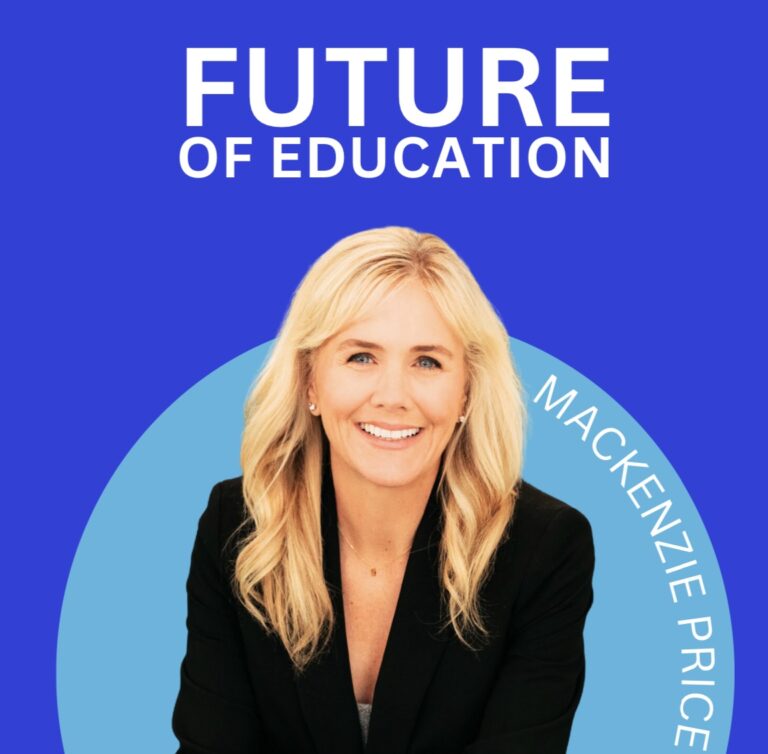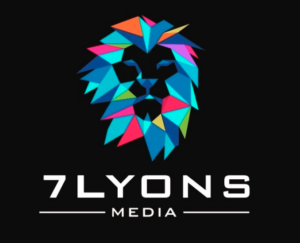Utilizing assisted technology in school districts
- This podcast episode can be classified as "Middle School."
- Special Education
- Based on the content of the transcript, the podcast episode can be classified as "Public School".
- Education Resources
Dr. Christopher Bonn
OrCam / BonFire Leadership Solutions LLC

- Part 1 Utilizing assisted technology in school districts
- Part 2Personalized AI for overcoming learning challenges
Show Notes
-
01:41Teacher shortage in public educationThere is a shortage of qualified teachers, leading to about 405,000 vacancies in the United States. This shortage affects various subjects, with teachers often being assigned to subjects they're not trained in, impacting the quality of education for students.
-
02:43Assistive technology in educationTo tackle the teacher shortage, we should consider using assistive technologies in schools. While some may be hesitant due to misconceptions, schools using these technologies have seen significant improvements, especially for students with disabilities or language barriers.
-
03:59The benefits of assistive technologySome schools are using assistive technology, particularly for literacy, and they're seeing remarkable academic growth, surpassing traditional classrooms by two to three years. Despite existing data proving its effectiveness, more widespread adoption is needed to benefit students.
-
04:32School districts and assistive technologySome progress is being made on the East Coast, especially with schools facing language barriers due to the recent influx of migrant students. However, there's still a need for greater support and widespread adoption of assistive technology.
-
05:40Language support in assistive technologyOrCams assistive technology can translate into all languages, but they prioritize based on schools' needs to keep costs manageable. By focusing on languages most needed by schools, they ensure affordability and accessibility for a wider range of students.
-
06:35OrCams assistive technology deviceOriginally designed for the visually impaired, the device has been adapted for educational use, offering features like reading text aloud and language translation New Jersey schools use it to empower students with learning challenges, promoting independence and accessibility.
-
08:21Funding for assistive technology in educationSchools can use Medicaid reimbursements or federal entitlements to fund the OrCam device if it's included in a student's individualized education or language plan. OrCam has made the devices more affordable by focusing on features essential for school use.
-
09:36The accessibility of OrCam's technologyOrCams technology is customizable, allowing individuals to purchase features based on their specific needs and budgets. The device can be purchased by students, schools, and parents.
-
11:04Teacher engagement with assistive technologyTeachers often advocate for the device's implementation in their classrooms after observing Orcam's demos. By eliminating the need to slow down for struggling students, teachers can increase rigor and pacing, benefiting all students and reducing discipline issues.
-
13:40The expanding use of assistive technology in educationWhile classroom sets were initially used, individual device assignments are now more common to ensure students have full accessibility and independence across all classes. Furthermore, interest is expanding to universities as well for students with dyslexia and cognitive impairments.
Quotes
-
"The Department of Labor estimates that we have approximately 405,000 teacher vacancies in the United States today. That number is going to double in five years." - Dr. Christopher Bonn
-
"We're seeing exceptional growth in students with disabilities and language barriers. So we know that assistive technology can work, but we need to get it in more of our schools." - Dr. Christopher Bonn
-
"In some of the schools that are using assistive technology, especially in the area of literacy, they're showing two to three years growth above and beyond traditional brick-and-mortar classrooms." - Dr. Christopher Bonn
- Part 1 Utilizing assisted technology in school districts
- Part 2Personalized AI for overcoming learning challenges
Up Next:
-
Part 1Utilizing assisted technology in school districts
Dr. Christopher Bonn, Leadership Consultant at OrCam, delves into assistive technology in education. The current teacher shortage crisis in public schools demands immediate attention. With an estimated 405,000 vacancies nationwide and a potential doubling within five years, urgent action is required. Fortunately, assistive technologies present a viable solution to tackle this issue and provide support for diverse learning needs. Today, Dr. Bonn discusses utilizing assisted technology in school districts.
-
Part 2Personalized AI for overcoming learning challenges
Dr. Christopher Bonn, Leadership Consultant at OrCam, delves into personalized AI and learning support. The escalating teacher shortage is particularly concerning for students with learning challenges like dyslexia, who often require individualized support. However, personalized AI holds the potential to empower teachers and foster a more inclusive learning environment where students of all abilities can thrive. Today, Dr. Bonn discusses personalized AI for overcoming learning challenges.
Play Podcast



